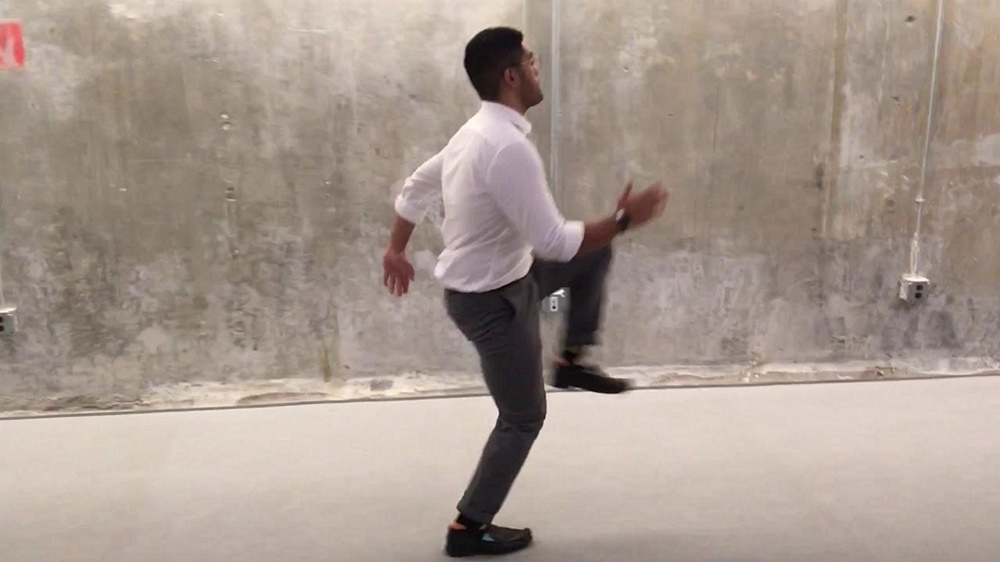Last Updated on: 18th December 2024, 12:31 pm
Injuries are common among runners and can significantly disrupt training and daily life. Prioritizing injury prevention is essential for maintaining a consistent running routine. By focusing on prevention, runners can reduce the risk of injuries and continue to enjoy running without interruptions.
- Running with confidence requires a focus on injury prevention.
- Effective prevention strategies allow runners to push their limits safely.
- Integrating prevention into daily routines protects against common injuries.
- These strategies ensure a safe and inviting running path.
Injury prevention is crucial for maintaining a balance between running goals and physical health, enabling runners to pursue their ambitions without setbacks.
The Role of Proper Warm-Up and Cool-Down Routines

Warm-up and cool-down routines are essential for preparing muscles and aiding recovery. Warm-ups increase blood flow and flexibility, reducing the risk of strains. Cool-downs help the body return to its resting state, promoting recovery and minimizing injury risk.
- Effective warm-up exercises include dynamic stretches like leg swings and lunges. A brisk walk or light jog can also help elevate the heart rate.
- For cooling down, static stretches targeting major muscle groups help alleviate tension. A slow jog that tapers to a walk is also beneficial.
Incorporate at least five to ten minutes of dynamic warm-up exercises before running. After running, dedicate time to cool down with static stretches and a gradual reduction in activity. This approach prepares muscles for running and aids recovery, forming a solid foundation for injury prevention.
Warm-up and cool-down routines are essential for maintaining health and performance. By making these practices a regular part of your running routine, you reduce the risk of preventable injuries.
Importance of Correct Running Form

The Basics of Good Running Posture
- Lean slightly forward from the ankles, keeping the head up and looking forward.
- Relax shoulders while keeping them straight for optimal lung expansion.
- Arms should swing naturally with a 90-degree bend at the elbows.
This posture ensures a balanced stride, reducing strain on the body.
Common Mistakes and How to Correct Them
- Overstriding: Shorten your stride to land under your body.
- Excessive heel striking: Transition to a midfoot strike.
- Tense upper body: Regularly relax shoulders and arms.
The Link Between Running Form and Injury Risk
Proper running form reduces the risk of injury by preventing imbalances and overuse injuries. By refining form, runners can distribute impact evenly, reducing injury likelihood. This approach is essential for long-term running success.
Choosing the Right Gear

Choosing the right running shoes is crucial for injury prevention. Proper shoes cushion against impact and adapt to your foot shape and running style, preventing injuries like shin splints and plantar fasciitis.
- Clothing should wick away sweat to reduce chafing and skin irritation. Well-fitted attire prevents friction.
- Supportive gear, such as knee braces and compression garments, provides stability and enhances circulation, reducing muscle fatigue.
Every piece of gear plays a role in injury prevention. Selecting the right shoes, clothing, and supportive gear is a strategic decision that reduces injury risk.
Cross-Training and Rest Days: Enhancing Running Performance and Injury Prevention

Cross-training supports running by enhancing strength, flexibility, and endurance, reducing injury risk. Activities like swimming and cycling provide cardiovascular benefits without joint impact. Yoga and Pilates improve flexibility and core strength.
Rest days are crucial for recovery, preventing overuse injuries. They allow the body to repair and strengthen. Incorporating rest ensures continued running performance.
Integrating cross-training and rest days into your routine is essential for health and performance. This balanced approach supports a sustainable running practice.
Nutrition and Hydration: Vital Allies in Injury Prevention

Optimal nutrition is key to injury prevention. Protein aids muscle repair, omega-3 fatty acids reduce inflammation, and calcium and vitamin D strengthen bones. Antioxidants combat oxidative stress.
Hydration maintains muscle elasticity and nutrient transport. Consistent water intake and electrolyte solutions replenish salts lost through sweat.
- Carbohydrates replenish glycogen stores,
- Proteins repair tissues, and
- Fats provide long-lasting energy.
Proper nutrition and hydration prepare the body for running challenges.
Listening to Your Body: Recognizing Early Signs of Injury

Recognizing early signs of injury is crucial. Persistent pain, swelling, or discomfort during activity indicates potential issues. Addressing these signs early can prevent minor issues from becoming major setbacks.
Adjust training, incorporate rest, or modify technique to address early signs. If symptoms persist, seek professional help for diagnosis and recovery planning.
Listening to your body and responding to its signals is essential for maintaining running health and performance.
Summing Up
Run injury-free by following a structured approach to injury prevention. By incorporating proper preparation, mindful movement, and holistic care, runners can maintain a consistent and rewarding running practice. Use this guide to achieve your running goals safely and effectively.

